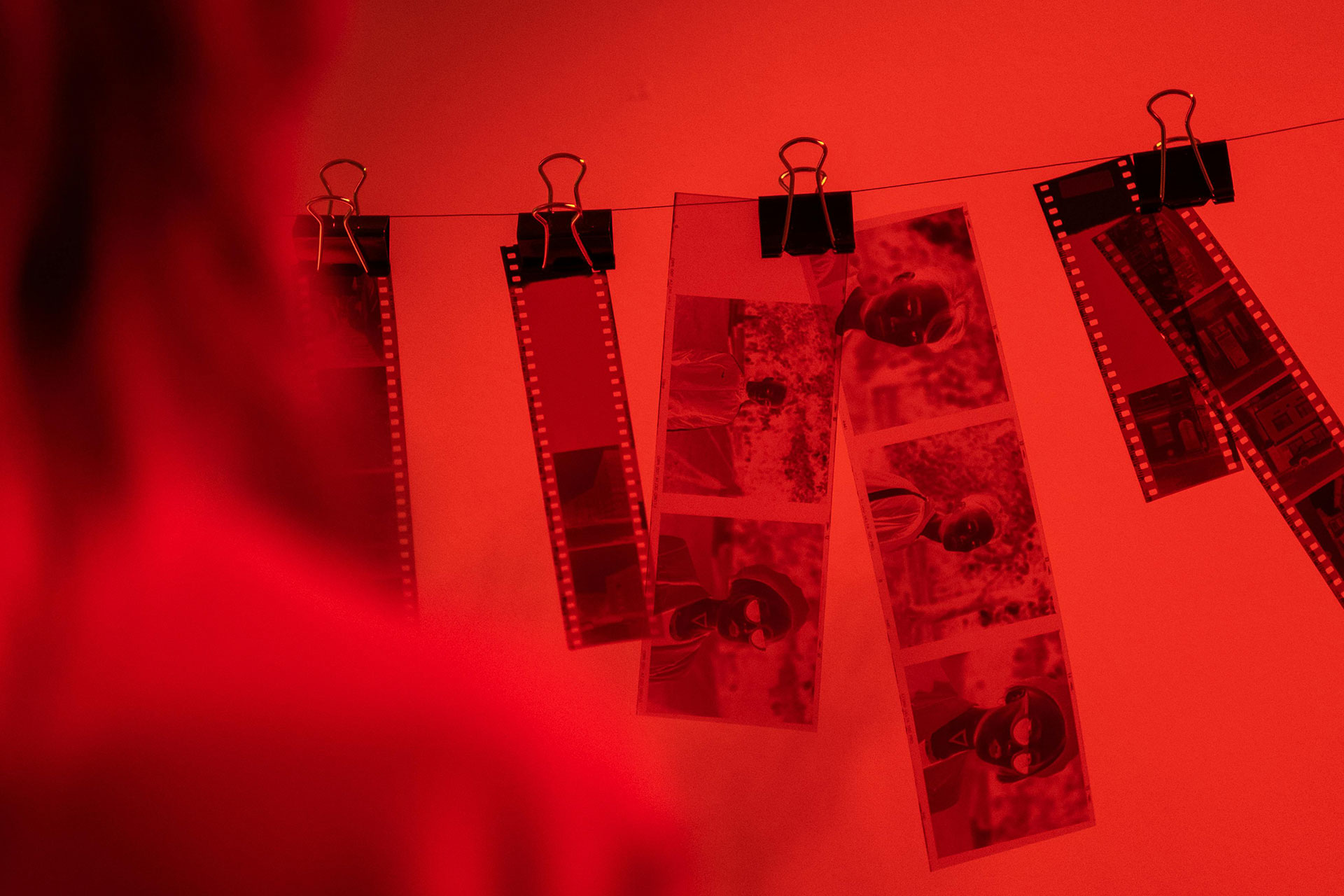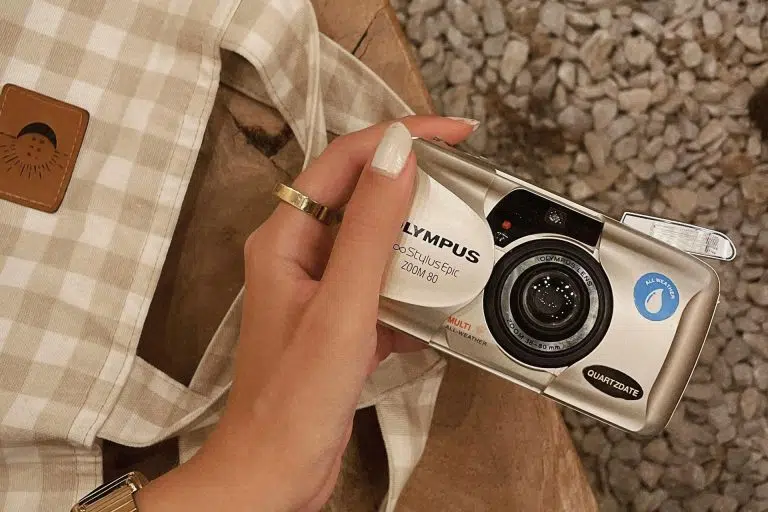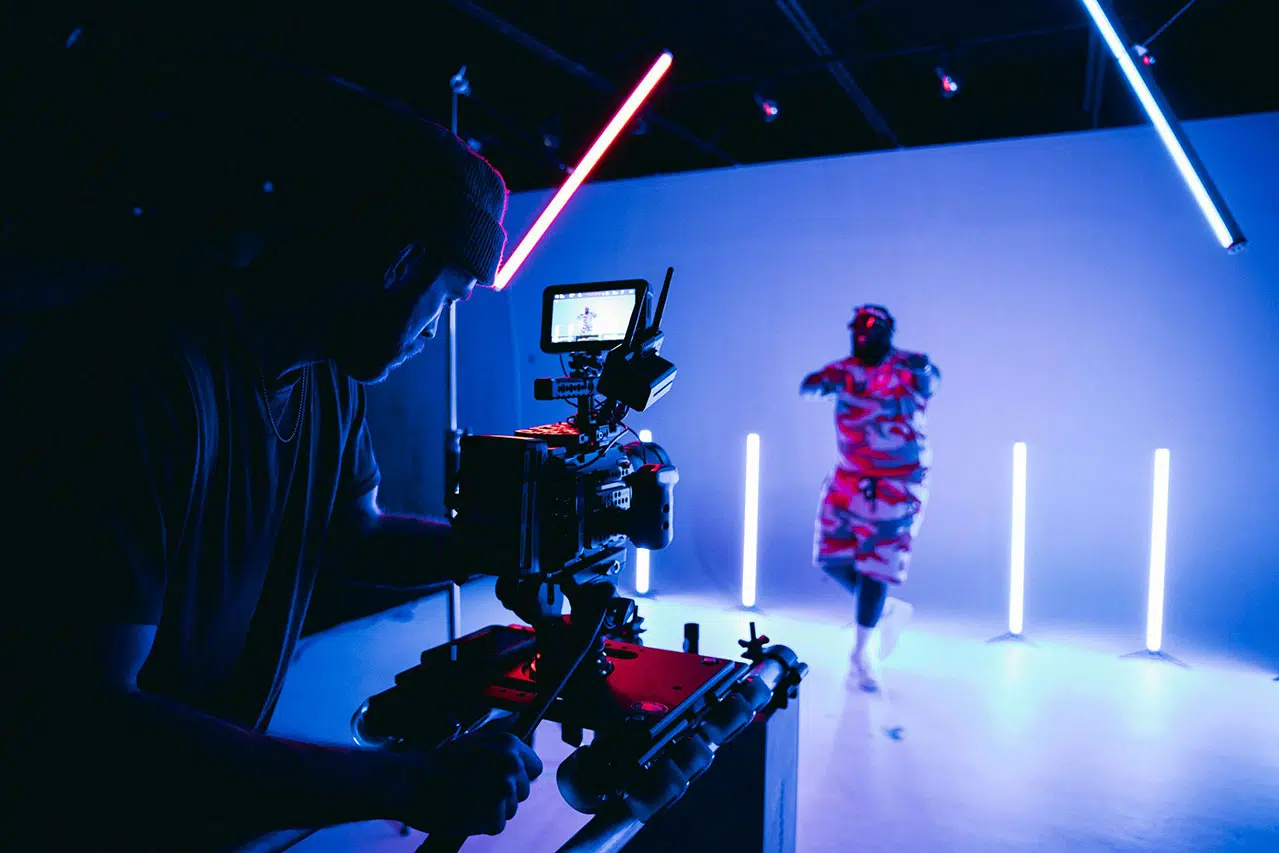Film speed, commonly referred to as ISO, might sound technical, but it’s a concept that any photography enthusiast can quickly grasp. For more insights into film photography basics, check out our beginner’s guide to film photography. If you’re just dipping your toes into film photography or you’re transitioning from digital to film, understanding ISO is key to unlocking your creative potential. In this guide, we’ll break it down in a way that’s approachable and easy to understand.
What Is Film Speed (ISO)?
Film speed refers to the sensitivity of your film to light. It’s measured in ISO numbers—think of ISO 100, ISO 400, or ISO 800. These numbers tell you how much light the film needs to properly expose an image. Lower numbers like ISO 100 mean the film is less sensitive to light, requiring more light to capture a photo. Higher numbers like ISO 800 mean the film is more sensitive, needing less light.
In simple terms, ISO controls how your film reacts to the amount of light available. This reaction affects the brightness, sharpness, and even the mood of your photographs. Choosing the right ISO depends on your shooting conditions and the artistic result you’re aiming for.
The Relationship Between ISO and Light
Let’s imagine you’re out on a sunny day with plenty of natural light. If you’re curious about shooting in different types of film to use for different weather conditions, read and understand our film types guide. A lower ISO film, such as ISO 100 or 200, is perfect in this scenario. It ensures fine grain and crisp details because the film doesn’t need to overcompensate for low light.
Now picture yourself shooting indoors or at night. A higher ISO, such as ISO 800 or 1600, becomes your best friend. It’s designed to perform well in darker environments, capturing images without needing excessive exposure time or additional lighting.
However, there’s a trade-off. Higher ISO films tend to produce more noticeable grain. While this might sound like a drawback, grain is often seen as an artistic feature in film photography. That classic textured look can add character and mood to your photos.
How ISO Affects Your Photos
ISO doesn’t just influence light sensitivity; it also impacts the overall quality and style of your images. Lower ISO films are known for their smooth tones and vibrant colors. They’re a favorite for landscapes and portraits where sharpness and fine details matter most.
On the flip side, higher ISO films embrace a gritty aesthetic. They’re fantastic for street photography or capturing motion in low-light settings. For camera recommendations, explore our 10 Best Film Cameras for Street Photographers. The grain becomes part of the story, adding an edge to the atmosphere. It’s all about experimenting with how different ISO levels affect your final image.
Matching ISO to Your Shooting Style
Every photographer has a unique style, and ISO is a tool to help express it. If you’re into bright, clean photos, stick to lower ISO films whenever possible. They’re perfect for outdoor shoots, still life photography, or any scene where light isn’t an issue.
For those who thrive in dynamic, unpredictable environments, higher ISO films offer the flexibility you need. They’re ideal for street photography, concerts, or urban nightscapes. These films let you work with limited light without compromising too much on exposure.
If you’re unsure where to start, consider experimenting with a range of ISO films to see what suits your eye and the stories you want to tell. Many photographers find they gravitate toward a specific ISO range depending on their preferred subjects and conditions.
Practical Tips for Choosing Film Speed
When selecting a film, think about the lighting conditions of your shoot. A sunny afternoon or brightly lit studio pairs well with ISO 100 or 200 films. Overcast days or dimly lit indoor spaces might call for ISO 400. For nighttime or low-light photography, ISO 800 or higher is the way to go.
It’s also worth considering how grain fits into your creative vision. If you’re shooting a portrait and want clean, sharp results, go for a lower ISO. But if you’re documenting the raw energy of a bustling street at night, embrace the grit of a high ISO film.
Finally, don’t forget about your camera settings. Film speed works in tandem with shutter speed and aperture to achieve a balanced exposure. Adjusting these settings can help you fine-tune the look of your photos, even if the film’s ISO is fixed.
Experimenting With Different ISO Films
One of the joys of film photography is the opportunity to experiment. Unlike digital cameras, where ISO can be adjusted shot by shot, film forces you to commit to a single ISO for an entire roll. This limitation might sound restrictive, but it’s part of what makes film so rewarding.
Try shooting the same scene with different ISO films to compare results. For ideas on creative experiments, visit our street photography ideas. Notice how the grain, color tones, and overall mood shift with each film speed. Pay attention to how each film handles highlights and shadows. This hands-on experience is invaluable for developing your photographic eye.
Some photographers even keep multiple cameras loaded with different ISO films. This approach lets them switch between styles and conditions without missing a beat. It’s an excellent way to stay flexible while embracing the quirks of film photography.
Final Thoughts
Understanding film speed and its impact on your photos opens up a world of creative possibilities. Learn more about refining your skills with our basic composition for photography. Whether you’re chasing the vibrant clarity of a low ISO film or the gritty charm of a high ISO, your choice can profoundly shape the outcome of your work.
Take the time to explore and experiment. Each roll of film offers a new chance to refine your skills and deepen your appreciation for this timeless medium. With practice, you’ll learn to wield ISO not just as a technical setting but as a powerful storytelling tool. Happy shooting!




